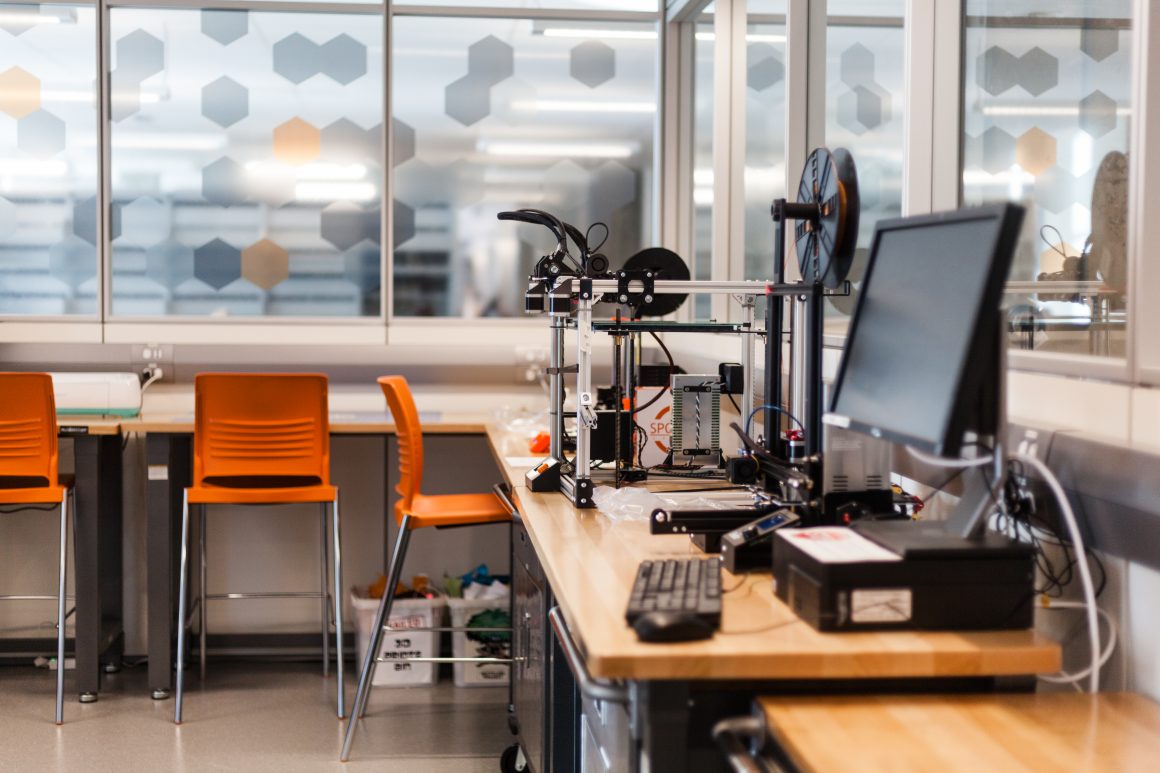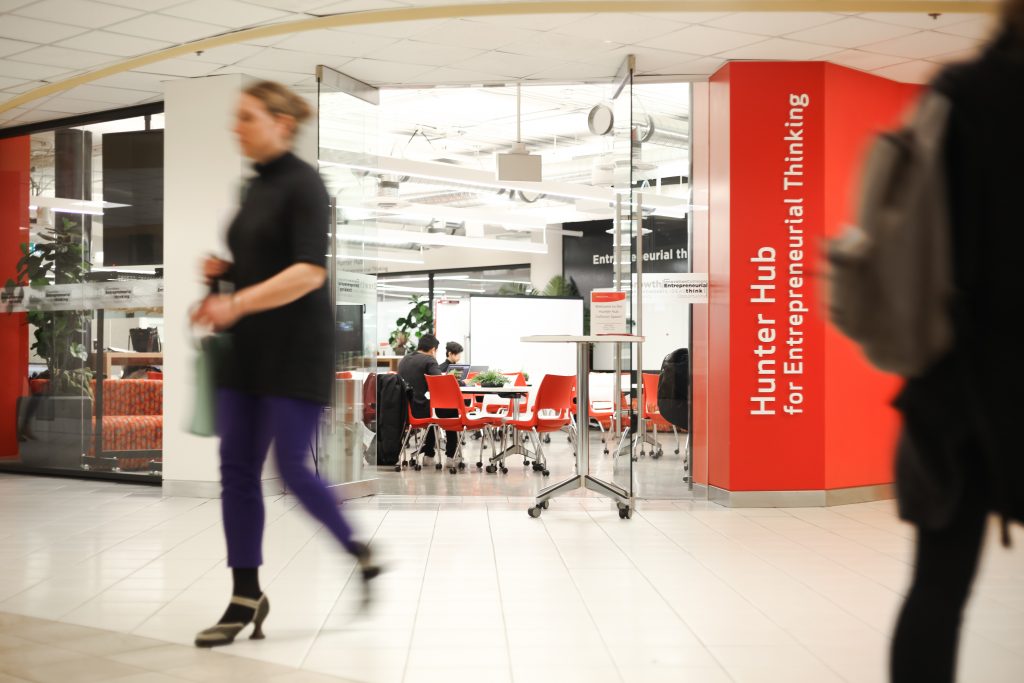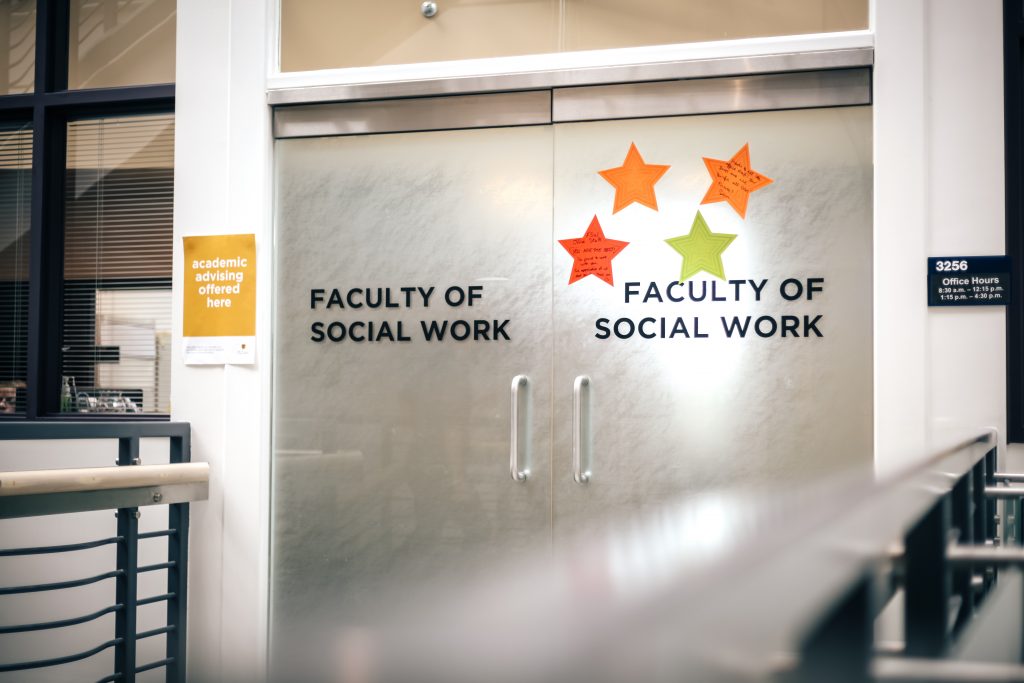
What does it mean to be a research intensive university?
By Kristy Koehler, November 29 2020—
The University of Calgary is a research-intensive university. Students hear this buzz-worthy phrase all the time around campus. It’s written into strategies and plans, touted in bright colours on the institution’s website and trotted out at press conferences. But what does it actually mean to be a research-intensive university, especially in the middle of a global pandemic?
William Ghali, the vice-president research at U of C, set out to answer what he calls “an intense answer to an intense question about research intensity.”
Labelling the University of Calgary a research-intensive university is a “very explicit statement,” said Ghali, and it’s a statement that’s been reaffirmed by the institution’s commitment to fostering a research and innovation ecosystem and setting up the appropriate infrastructure to “keep the University of Calgary seriously in the research game.”
The foundation for research intensity, Ghali says, includes labs with infrastructure, special data holdings and database systems like the ones at the Taylor Institute and the libraries, analytic resources, animal care resources, administration, infrastructure for ethics reviews, proposals and contracts, legal review processes, financial accounting systems and compliance and regulatory elements, to name just a few things.
On top of that, the university also needs human resources structures in place — professors with contracts clearly structuring the time they spend teaching and the time they have protected for research, good structures for postdoctoral and graduate students in relation to research, and of course, people who find the money for research initiatives.

“In addition to having the foundation, the HR structures and the people who do research, we need to have the dollars — internally generated dollars and then the dollars we go after externally and that we have to compete for,” said Ghali. “Internally we invest some of the University of Calgary budget into research to seed external grant applications and then we have a really active philanthropic advancement team.”
In June, U of C wrapped up a $1.4 billion fundraising campaign — the third largest in Canadian history. A lot of that money went into research, says Ghali, in addition to the annual $480 million in revenue for research.
“We mean business with our external funding applications,” said Ghali, who noted that U of C is “punching above its weight class” when it comes to research revenue, sitting alongside institutions like the University of Toronto and the University of British Columbia.
Research goes hand in hand with innovation, says Ghali, and part of what makes U of C special when it comes to research is its innovation ecosystem — another phrase that looks great on marketing material but isn’t understood by the average person.
Ghali says the innovation ecosystem relates to the “constant interplay between the university and its surrounding community.”
Part of this large ecosystem is the Hunter Hub for Entrepreneurial Thinking which he says, has a mandate to “create culture change and get people’s mindset into one of entrepreneurship.”

The Hunter Hub works with a variety of entities to help test early-stage projects and assist with the advancement of concepts. There’s also Innovate Calgary, an entity which helps transition projects to market in order to create viable companies with revenue streams.
Another ingredient is CDL (Creative Destruction Labs) Rockies, part of a network of Creative Destruction Labs across Canada. It’s a place where advancing corporate ventures can get input from business leaders in the community and potential access to venture capital or investment funds to build their concepts, according to Ghali. The entire innovation ecosystem is intended to help build the knowledge economy.
“Research universities are connected to their surrounding cities and economies because in one way, we produce graduates and graduates go out and work,” said Ghali. “Universities can shape the economies of their surrounding cities and this phenomenon has been seen in many places.
“Research produces intellectual property and inventions and that can flow into corporate concepts that go on to form companies and those companies can become small-, medium- or large-size companies with a handful, a bunch or a ton of jobs. That’s the kind of churn that we want to create as a university.”
The innovation ecosystem takes new ideas, new inventions and new things and helps to produce jobs, economic growth and human benefit.
“When the technologies are in health you have healthier people, when the technologies are in energy we have more efficient energy, when they’re in well-being and social innovation we have better communities and happier people living better lives,” said Ghali. “That’s a university doing what it’s supposed to be doing.”
Plenty of components go into generating knowledge and then doing something powerful with it, says Ghali, adding that U of C has all the ingredients needed to continue to build on the excellent work that’s taken place over the last decade — and to help with the current crisis.
“As crazy as it is to say this in the middle of a pandemic — I’m excited,” he said. “Out of crisis comes opportunity and out of crisis human beings tend to rise up and do pretty amazing things.”
U of C researchers have been in the news recently, as university labs help to support COVID-19 test results for travellers, as well as vaccine and treatment research. Ghali was impressed at the way U of C researchers — and the entire research community — was able to pivot quickly and assist with the pandemic.
“From the government making quick funding available, to researchers writing grants quickly, to reviewers generously giving up their time to review and then researchers actually doing the work, it was remarkable,” he said.
That pivot does, however, come at the expense of other things.
“I do worry a little bit that COVID has sucked all the oxygen out of the room and taken all of the energetic research hours away from other things that really shouldn’t be set aside too much longer,” said Ghali, indicating that plenty of research is being done in areas other than STEM.

“We have a vary dynamic Faculty of Arts that has many disciplines in the social science and humanities where there is scholarly work that can be done,” said Ghali, noting that the Faculties of Social Work and Kinesiology and the Werklund School of Education are all research-intensive areas.
Students who are looking to get involved in research shouldn’t be daunted by the amount of information available online. There’s a wide range of funding and support available.
Ghali recommends checking course outlines closely and noting which classes have a research component.
“Don’t be shy,” he said. “Don’t hesitate to email a professor or talk to them after class about research.”
Beyond the shiny marketing material and catchy-sounding names, there are professors — and a vice-president of research — who want to help students.
